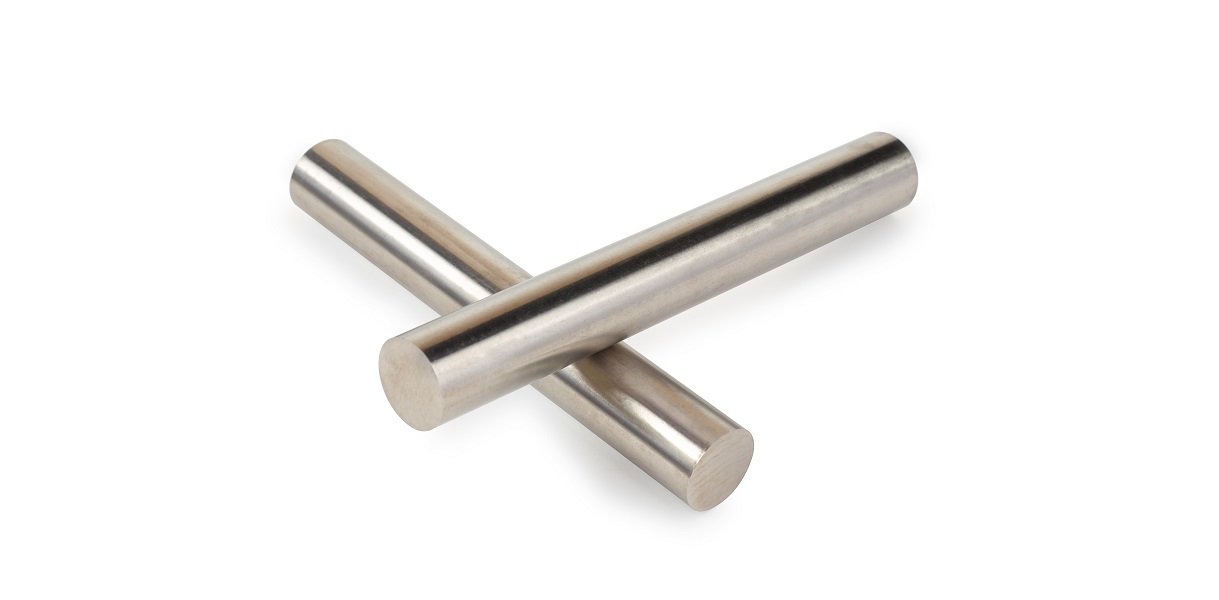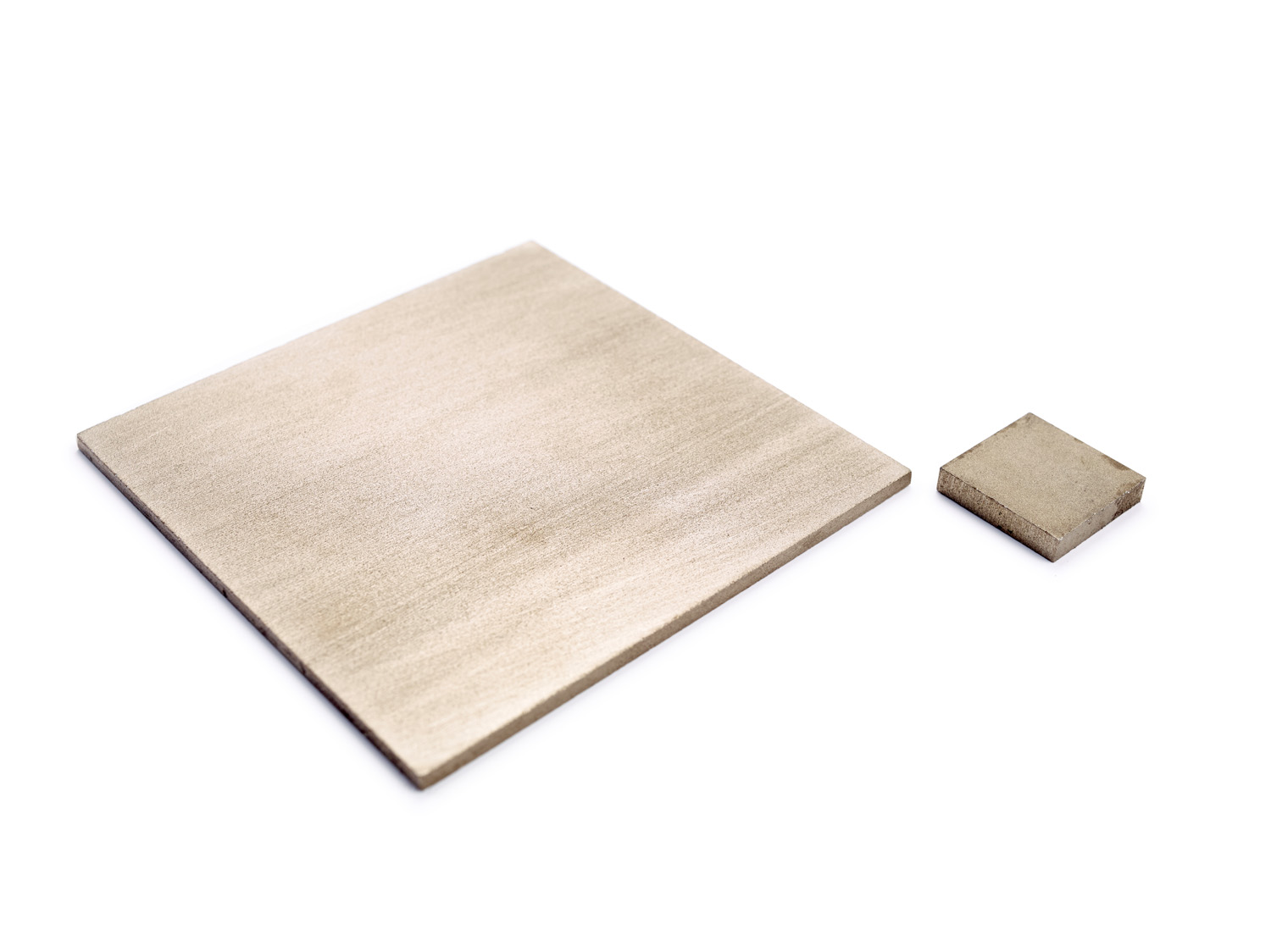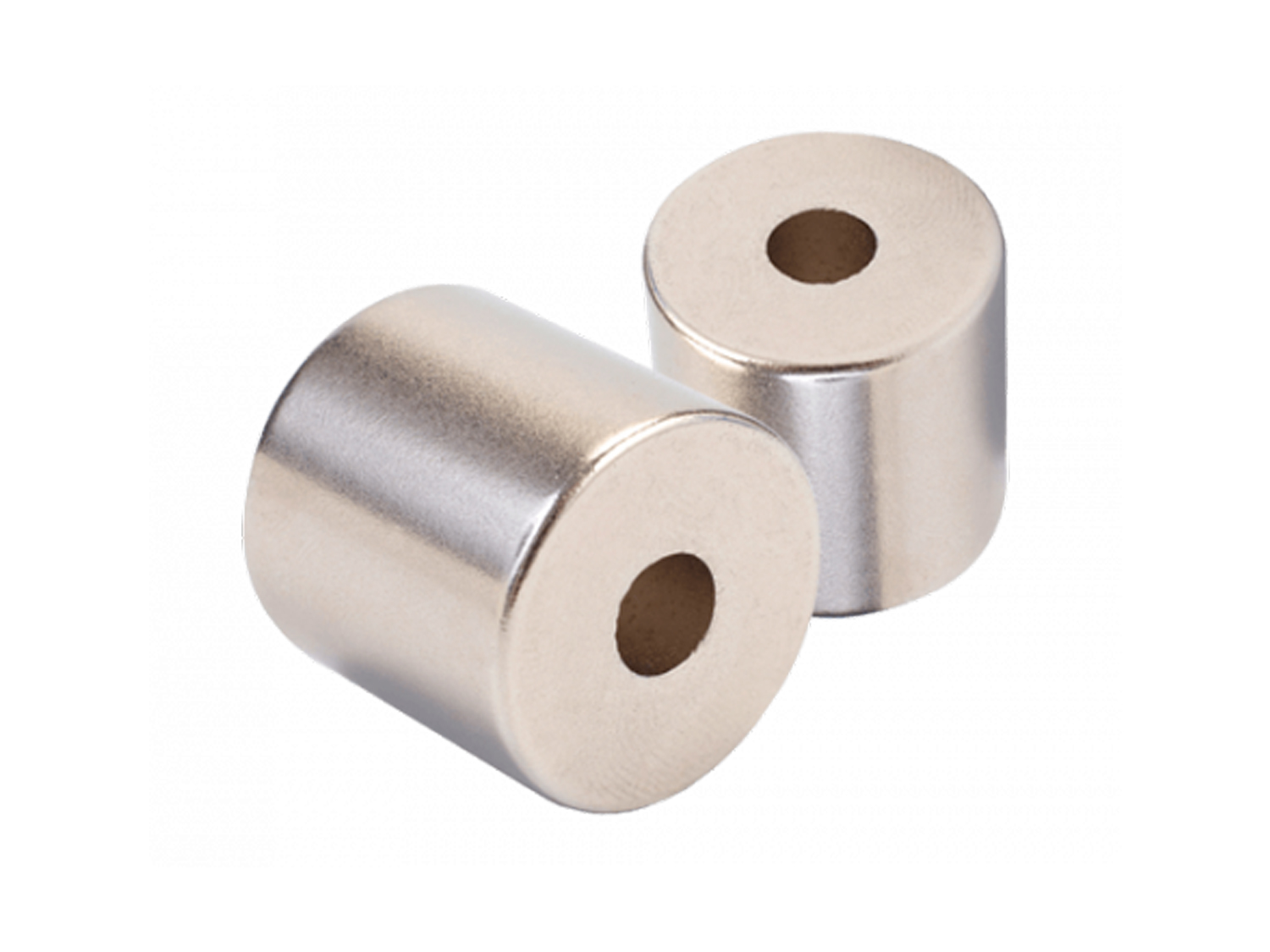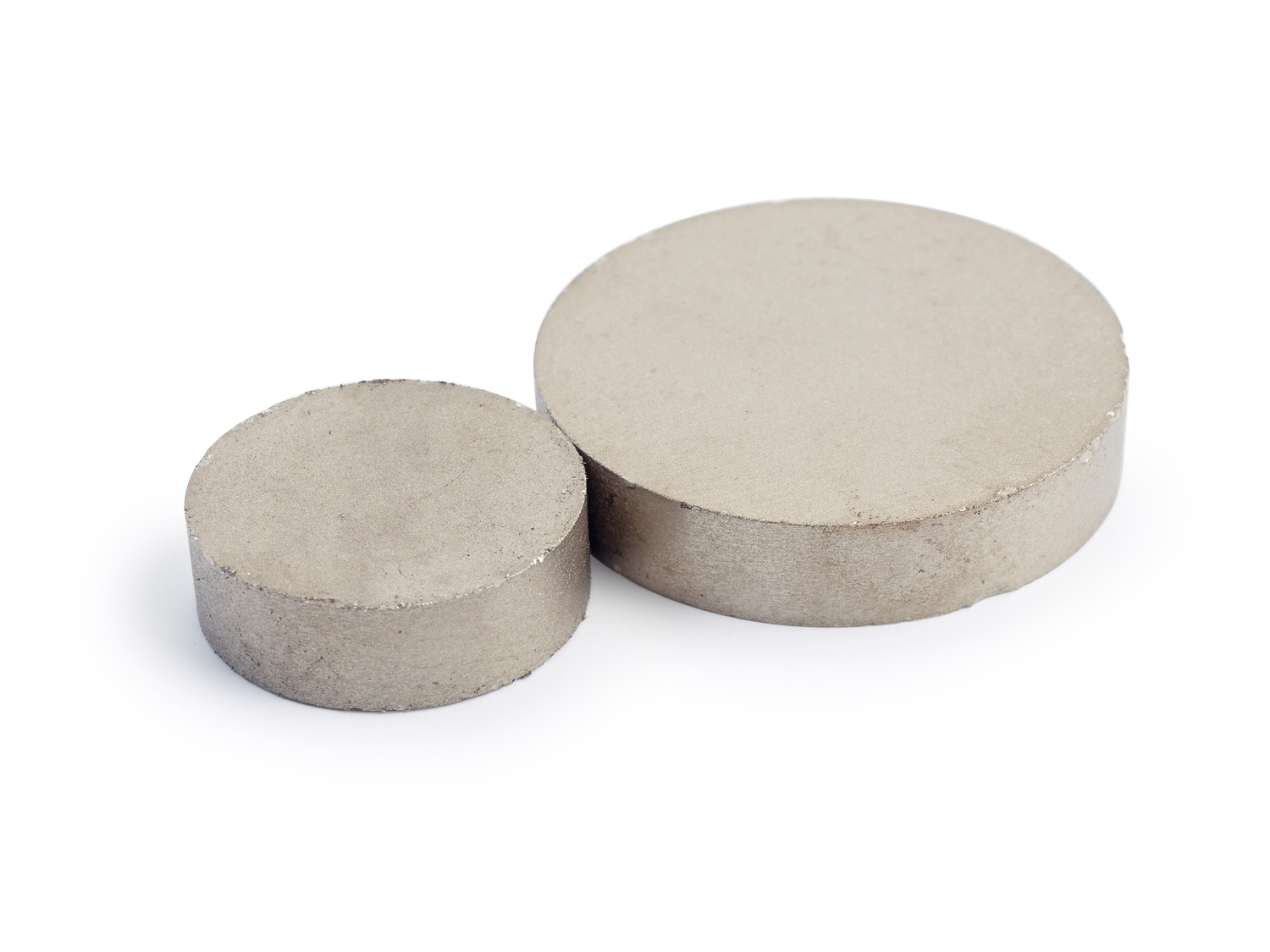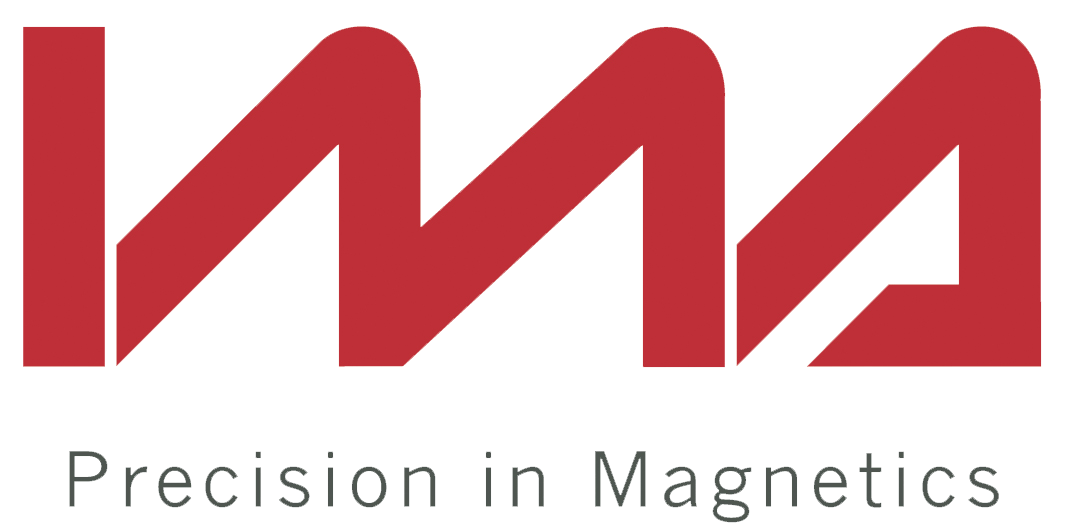The álnico magnet was made of aluminum, nickel, and cobalt. Álnico magnets have good corrosion resistance, providing magnetic stability.
The horseshoe-shaped álnico magnet is the most well-known product due to its design, which is attributed to describing a conventional magnet.
The álnico magnet possesses both isotropic and anisotropic properties, depending on the required grade. The most common grades of álnico are 5 and 8. Álnico magnets have an ease of magnetization due to their low coercive force.
Similar to samarium magnets, álnico magnets have a higher cost compared to other permanent magnets, as they are made from cobalt. Cobalt is a raw material that comes from abroad, making its cost elevated.
The álnico magnet is the magnetic element with the greatest stability at extreme temperatures, meaning it retains all its magnetic properties between -250°C and 425°C, ensuring high thermal resistance. (In the case of neodymium magnets, the maximum working temperature is 200°C).
We provide a table displaying the characteristics of álnico magnets for your reference. It indicates magnet qualities such as magnet remanence, coercive force, working temperatures, and minimum and maximum resistance.







